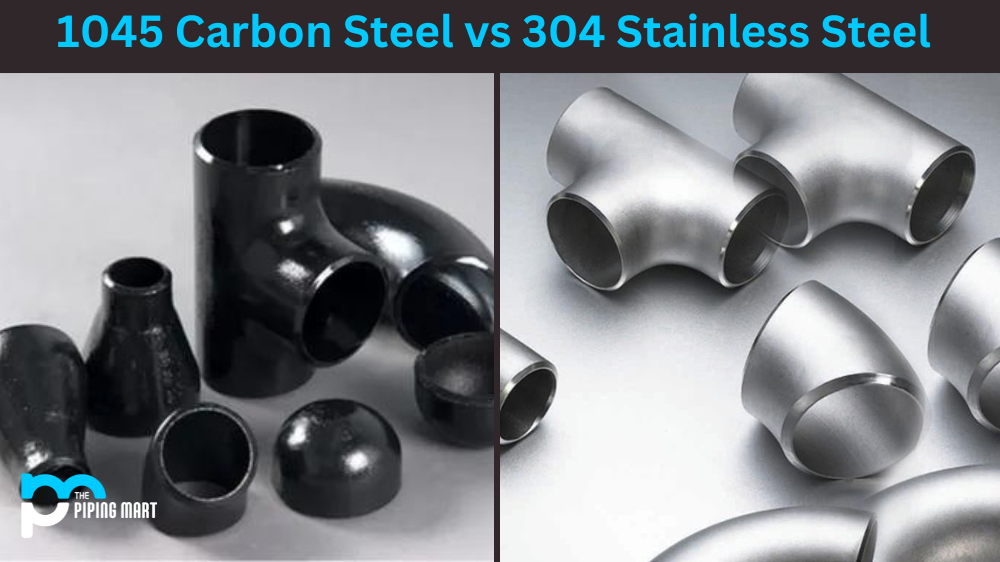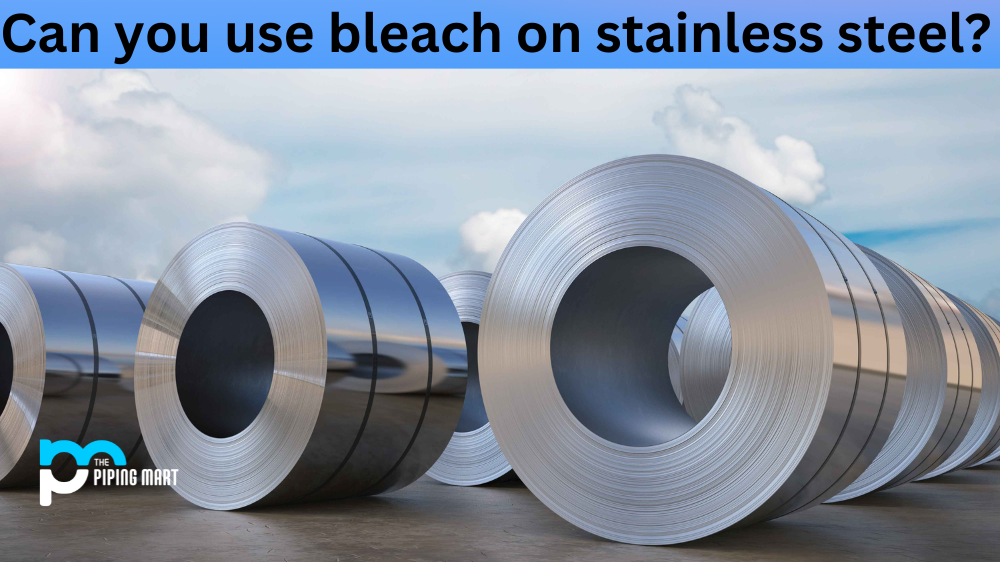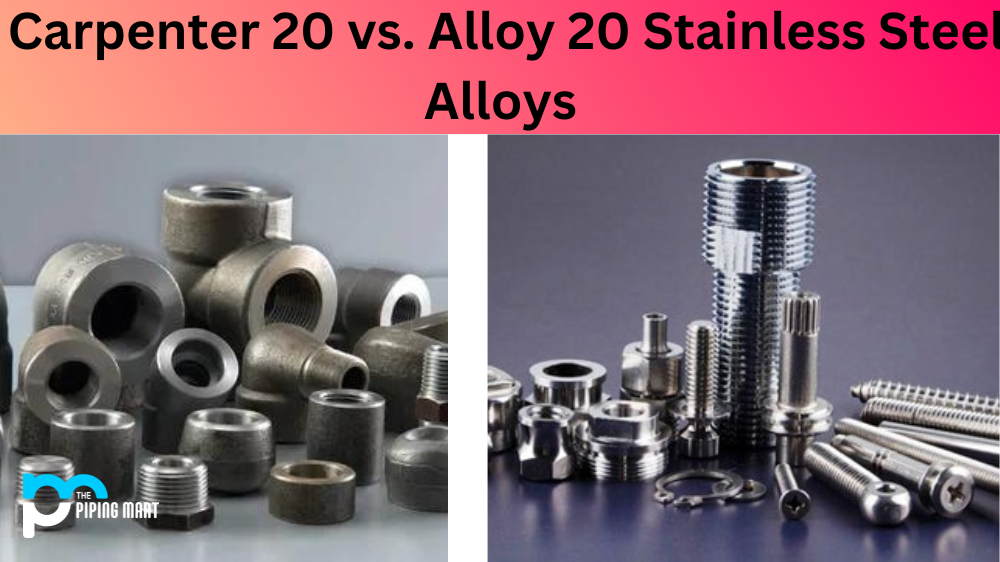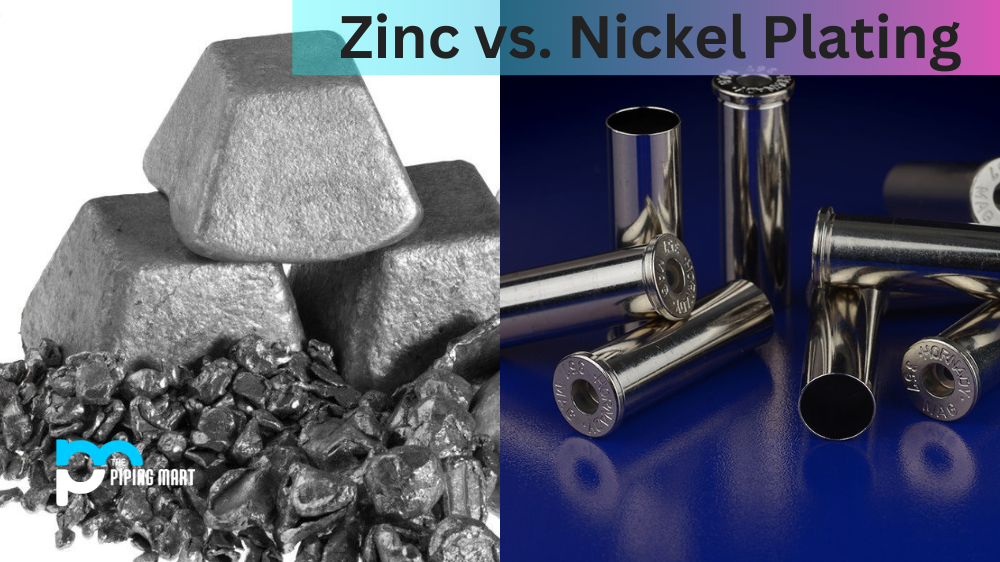Choosing the correct type of steel can make all the difference, especially in applications that require high strength and durability. With many steel variants available today, deciding what to go for can take time. For our comparison today, we’ll go head-to-head between the 1045 carbon steel and the 304 stainless steel. Both alloys are popular choices among engineers and contractors. Let’s explore their differences to better understand which one is better suited for your next project.
1045 Carbon Steel
1045 carbon steel is a low to medium-carbon-content steel that’s a popular choice in manufacturing machinery parts and construction materials. It’s often used for shafts, axles, gears, crankshafts, and other mechanical components. The strength and durability of 1045 carbon steel come from its high carbon content, which makes it an excellent option for high-stress applications. However, since this type of steel doesn’t contain chromium or nickel, it is susceptible to rust and corrosion. Therefore, it’s essential to keep 1045 carbon steel dry and prevent exposure to moisture.
304 Stainless Steel
On the other hand, 304 stainless steel is a popular alloy that’s widely used in the food and beverage industry, medical industry, and construction industry. It’s an austenitic steel containing a high amount of chromium and nickel. This gives it excellent corrosion resistance, making it an ideal choice for environments where rust and corrosion are significant. Additionally, 304 stainless steel exhibits excellent weldability, making fabricating and forming into specific shapes easier.
Difference Between 1045 Carbon Steel and 304 Stainless Steel
Cost
Regarding cost, 1045 carbon steel is generally cheaper than 304 stainless steel. Carbon steel is a widely available material, and its more straightforward composition makes it less expensive to manufacture and produce. In contrast, 304 stainless steel’s alloy composition makes it more difficult and costly to produce. Additionally, stainless steel is more challenging to the machine since it’s more complicated and more complex, which could lead to increased manufacturing time and costs.
Application
Regarding versatility and application, 1045 carbon and 304 stainless steel are relatively versatile. However, carbon steel is typically reserved for high-stress applications, whereas stainless steel is ideal for corrosion and rust resistance situations. So, if you’re building a bridge, making a pump shaft, or constructing a building frame, 1045 carbon steel is a great option. But if you’re looking for material to manufacture tanks, pipes, and kitchen equipment, 304 stainless steel is the way to go.
Hardness
1045 carbon steel is significantly more complex than 304 stainless steel. This makes it ideal for applications requiring strength and hardness, such as knives and tools.
Corrosion Resistance
304 stainless steel is much more resistant to corrosion than 1045 carbon steel. This is because 304 stainless steel contains chromium, which forms a protective oxide layer on the surface of the metal.
Weldability
1045 carbon steel is very weldable, while 304 stainless steel is less weldable due to its high chromium content. However, both materials can be welded with the proper equipment and techniques.
Machinability
1045 carbon steel is more accessible to machines than 304 stainless steel due to its lower carbon content. This makes it ideal for applications where machining is required, such as in the automotive industry.
Conclusion
Choosing the correct type of steel depends entirely on the application you’re using it for. Both 1045 carbon steel and 304 stainless steel have their advantages and disadvantages, and choosing one over the other often depends on the type of environment, load capacity, and application. 1045 carbon steel is ideal for high-stress applications that don’t require corrosion resistance, whereas 304 stainless steel is better suited for environments that require corrosion resistance. Whatever type of steel you choose, collaborate with an experienced and knowledgeable supplier to ensure you get the best material.

A passionate metal industry expert and blogger. With over 5 years of experience in the field, Palak brings a wealth of knowledge and insight to her writing. Whether discussing the latest trends in the metal industry or sharing tips, she is dedicated to helping others succeed in the metal industry.




